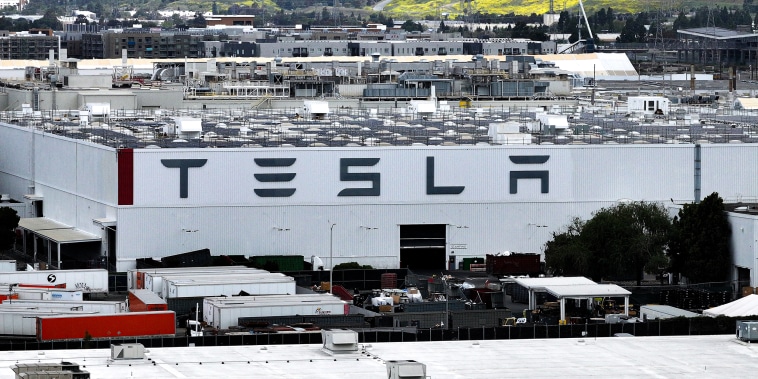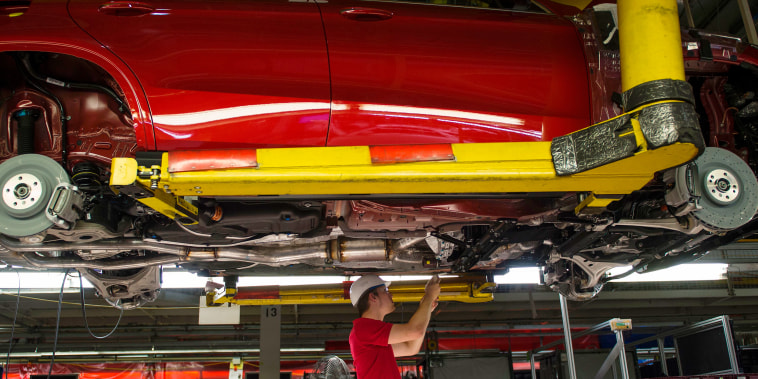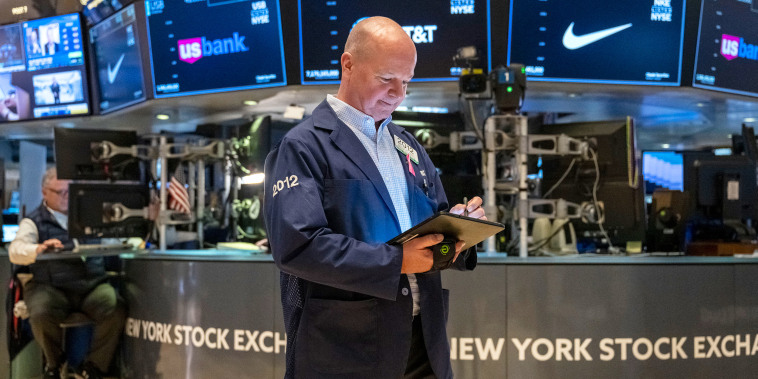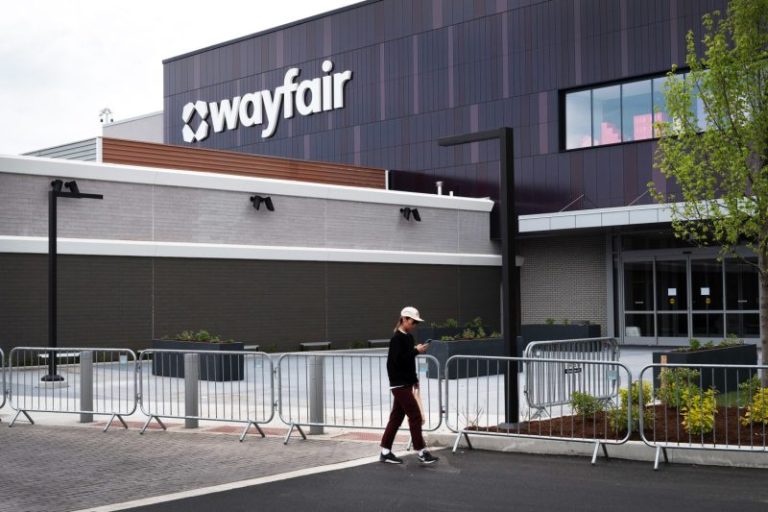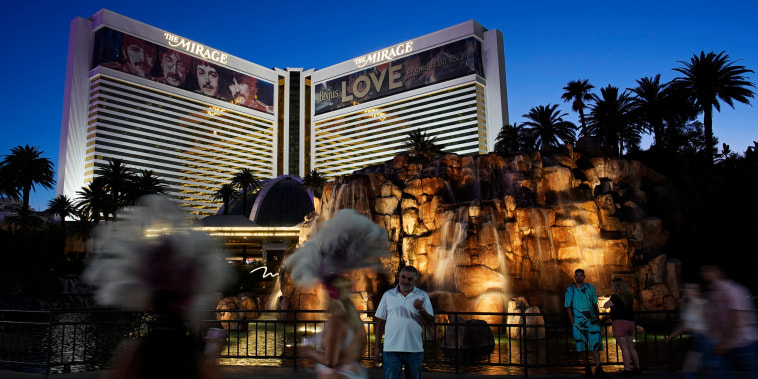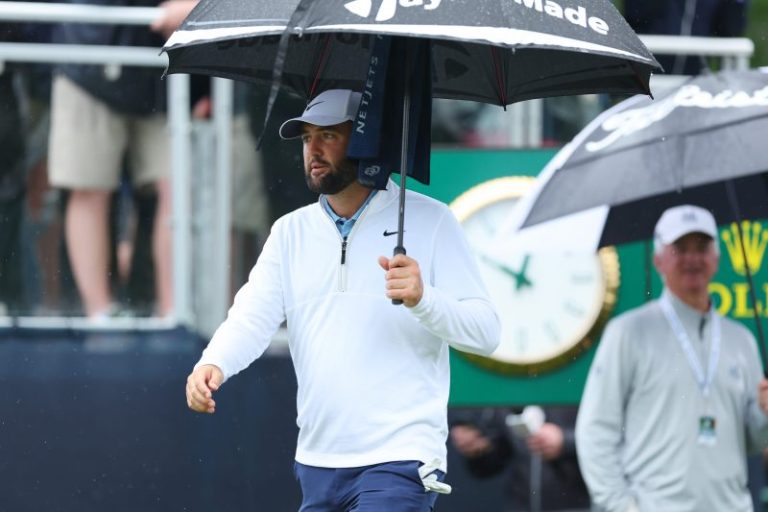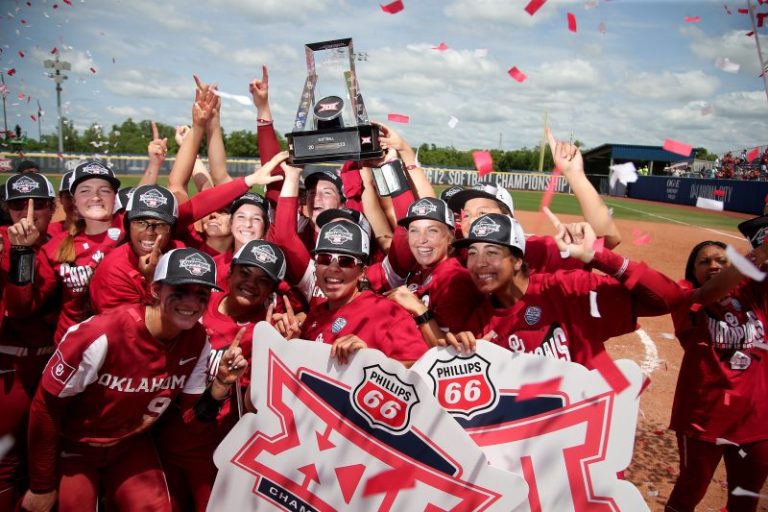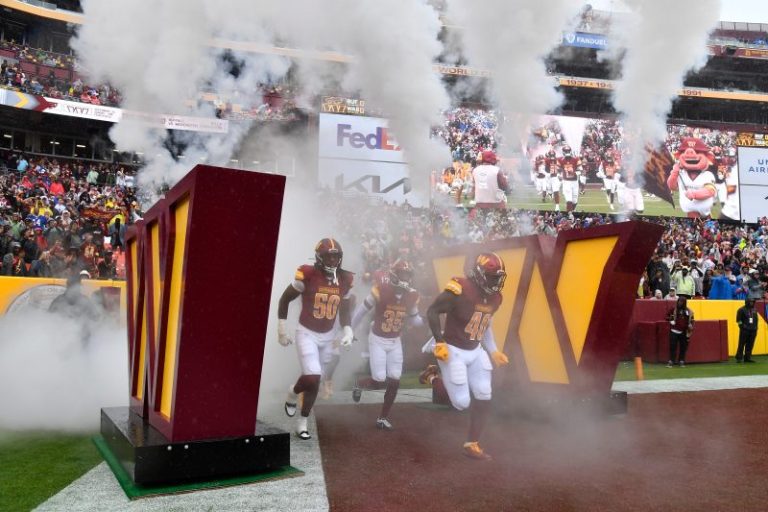The NCAA softball tournament field is set with 64 teams all fighting to reach the Women’s College World Series. The big question is whether any team can knock off Oklahoma. The Sooners, who start as the No. 2 seed, will be going for a record fourth consecutive title. But there are a host of teams hoping to knock them off, including Texas, Tennessee and Florida.
The road to the WCWS in Oklahoma City starts spread across 16 regional locations. One team from each site advances to super regionals, where eight head-to-head matchups in best-of-three series will determine the field that plays for the national title.
NCAA softball tournament bracket, schedule
All times Eastern.
Regionals
At Austin, Texas
Friday, May 17
Game 1: Texas 5, Siena 0
Game 2: Northwestern 7, Saint Francis (Pa.) 2
Saturday, May 18
Game 3: Texas (48-7) vs. Northwestern (34-11), 1 p.m.
Game 4: Siena (33-21) vs. Saint Francis (Pa.) (40-13), 3:30 p.m.
Game 5: Game 3 loser vs. Game 4 winner, 6 p.m.
Sunday, May 19
Game 6: Game 3 winner vs. Game 5 winner, TBD
Game 7: Game 3 winner vs. Game 5 winner, TBD, if necessary
At Norman, Oklahoma
Friday, May 17
Game 1: Oregon 8, Boston University 0 (5 innings)
Game 2: Oklahoma 9, Cleveland State 0 (6 innings)
Saturday, May 18
Game 3: Oregon (29-19) vs. Oklahoma (50-6), 3 p.m.
Game 4: Boston University (52-5-1) vs. Cleveland State (22-25), 5:30 p.m.
Game 5: Game 3 loser vs. Game 4 winner, 8 p.m.
Sunday, May 19
Game 6: Game 3 winner vs. Game 5 winner, TBD
Game 7: Game 3 winner vs. Game 5 winner, TBD, if necessary
At Knoxville, Tennessee
Friday, May 17
Game 1: Virginia 7, Miami (Ohio) 0
Game 2: Tennessee 3, Dayton 0
Saturday, May 18
Game 3: Virginia (33-18) vs. Tennessee (41-10), 1 p.m.
Game 4: Miami (Ohio) (48-8) vs. Dayton (33-20), 3:30 p.m.
Game 5: Game 3 loser vs. Game 4 winner, 6 p.m.
Sunday, May 19
Game 6: Game 3 winner vs. Game 5 winner, TBD
Game 7: Game 3 winner vs. Game 5 winner, TBD, if necessary
At Gainesville, Florida
Friday, May 17
Game 1: Florida 6, Florida Gulf Coast 0
Game 2: South Alabama 1, Florida Atlantic 0
Saturday, May 18
Game 3: Florida (47-12) vs. South Alabama (33-18-1), 1 p.m.
Game 4: Florida Gulf Coast (37-20) vs. Florida Atlantic (41-15), 3:30 p.m.
Game 5: Game 3 loser vs. Game 4 winner, 6 p.m.
Sunday, May 19
Game 6: Game 3 winner vs. Game 5 winner, TBD
Game 7: Game 3 winner vs. Game 5 winner, TBD, if necessary
At Stillwater, Oklahoma
Friday, May 17
Game 1: Kentucky 4, Michigan 3
Game 2: Oklahoma State 6, Northern Colorado 0
Saturday, May 18
Game 3: Kentucky (31-22) vs. Oklahoma State (45-10), 1 p.m.
Game 4: Michigan (41-17) vs. Northern Colorado (27-25), 3:30 p.m.
Game 5: Game 3 loser vs. Game 4 winner, 6 p.m.
Sunday, May 19
Game 6: Game 3 winner vs. Game 5 winner, TBD
Game 7: Game 3 winner vs. Game 5 winner, TBD, if necessary
At Los Angeles
Friday, May 17
Game 1: Virginia Tech 5, San Diego State 1
Game 2: UCLA 9, Grand Canyon 0 (5 innings)
Saturday, May 18
Game 3: Virginia Tech (40-12-1) vs. UCLA (38-10), 5 p.m.
Game 4: San Diego State (31-19) vs. Grand Canyon (48-12), 7:30 p.m.
Game 5: Game 3 loser vs. Game 4 winner, 10 p.m.
Sunday, May 19
Game 6: Game 3 winner vs. Game 5 winner, TBD
Game 7: Game 3 winner vs. Game 5 winner, TBD, if necessary
At Columbia, Missouri
Friday, May 17
Game 1: Washington 8, Indiana 7
Game 2: Nebraska-Omaha 3, Missouri 1 (9 innings)
Saturday, May 18
Game 3: Washington (32-13) vs. Nebraska-Omaha (42-13), 3 p.m.
Game 4: Indiana (40-19) vs. No. 7 Missouri (43-16), 5:30 p.m.
Game 5: Game 3 loser vs. Game 4 winner, 8 p.m.
Sunday, May 19
Game 6: Game 3 winner vs. Game 5 winner, TBD
Game 7: Game 3 winner vs. Game 5 winner, TBD, if necessary
At Stanford, California
Friday, May 17
Game 1: Mississippi State 1, Cal State Fullerton 0
Game 2: Stanford 8, Saint Mary’s 6
Saturday, May 18
Game 3: Mississippi State (34-18) vs. No. 8 Stanford (44-13), 5 p.m.
Game 4: Cal State Fullerton (36-18) vs. Saint Mary’s (30-23), 7:30 p.m.
Game 5: Game 3 loser vs. Game 4 winner, 10 p.m.
Sunday, May 19
Game 6: Game 3 winner vs. Game 5 winner, TBD
Game 7: Game 3 winner vs. Game 5 winner, TBD, if necessary
At Baton Rouge, Louisiana
Friday, May 17
Game 1: Southern Illinois 5, California 4
Game 2: LSU 5, Jackson State 0
Saturday, May 18
Game 3: Southern Illinois (43-9) vs. LSU (41-15), 1 p.m.
Game 4: California (36-18) vs. Jackson State (33-18), 3:30 p.m.
Game 5: Game 3 loser vs. Game 4 winner, 6 p.m.
Sunday, May 19
Game 6: Game 3 winner vs. Game 5 winner, TBD
Game 7: Game 3 winner vs. Game 5 winner, TBD, if necessary
At Durham, N.C.
Friday, May 17
Game 1: South Carolina 2, Utah 1
Game 2: Duke 6, Morgan State 1
Saturday, May 18
Game 3: South Carolina (35-23) vs. Duke (48-6), 11 a.m.
Game 4: Utah (34-21) vs. Morgan State (35-19), 1:30 p.m.
Game 5: Game 3 loser vs. Game 4 winner, 4 p.m.
Sunday, May 19
Game 6: Game 3 winner vs. Game 5 winner, TBD
Game 7: Game 3 winner vs. Game 5 winner, TBD, if necessary
At Athens, Georgia
Friday, May 17
Game 1: Liberty 6, Charlotte 3
Game 2: Georgia 8, UNC Wilmington 0 (5 innings)
Saturday, May 18
Game 3: Liberty (37-23) vs. Georgia (40-16), 1 p.m.
Game 4: Charlotte (38-17) vs. UNC Wilmington (33-22), 3:30 p.m.
Game 5: Game 3 loser vs. Game 4 winner, 6 p.m.
Sunday, May 19
Game 6: Game 3 winner vs. Game 5 winner, TBD
Game 7: Game 3 winner vs. Game 5 winner, TBD, if necessary
At Fayetteville, Arkansas
Friday, May 17
Game 1: Arizona 14, Villanova 3 (5 innings)
Game 2: Arkansas 3, Southeast Missouri State 2
Saturday, May 18
Game 3: Arizona (35-16-1) vs. Arkansas (37-16), 3 p.m.
Game 4: Villanova (31-23) vs. Southeast Missouri State (28-25), 5:30 p.m.
Game 5: Game 3 loser vs. Game 4 winner, 8 p.m.
Sunday, May 19
Game 6: Game 3 winner vs. Game 5 winner, TBD
Game 7: Game 3 winner vs. Game 5 winner, TBD, if necessary
At Lafayette. Louisiana
Friday, May 17
Game 1: Louisiana-Lafayette 8, Princeton 0 (5 innings)
Game 2: Baylor 3, Mississippi 1
Saturday, May 18
Game 3: Louisiana-Lafayette (43-17) vs. Baylor (33-20), 1 p.m.
Game 4: Princeton (29-17) vs. Mississippi (31-26), 3:30 p.m.
Game 5: Game 3 loser vs. Game 4 winner, 6 p.m.
Sunday, May 19
Game 6: Game 3 winner vs. Game 5 winner, TBD
Game 7: Game 3 winner vs. Game 5 winner, TBD, if necessary
At Tuscaloosa, Alabama
Friday, May 17
Game 1: Southeastern Louisiana 6, Clemson 2
Game 2: Alabama 1, USC Upstate 0
Saturday, May 18
Game 3: Southeastern Louisiana (46-13) vs. Alabama (34-17), 3 p.m.
Game 4: Clemson (34-18) vs. USC Upstate (30-22), 5:30 p.m.
Game 5: Game 3 loser vs. Game 4 winner, 8 p.m.
Sunday, May 19
Game 6: Game 3 winner vs. Game 5 winner, TBD
Game 7: Game 3 winner vs. Game 5 winner, TBD, if necessary
At Tallahassee, Florida
Friday, May 17
Game 1: Central Florida 11, Auburn 6
Game 2: Florida State 3, Chattanooga 2
Saturday, May 18
Game 3: Central Florida (31-23) vs. Florida State (44-14), 3 p.m.
Game 4: Auburn (27-20-1) vs. Chattanooga (42-15), 5:30 p.m.
Game 5: Game 3 loser vs. Game 4 winner, 8 p.m.
Sunday, May 19
Game 6: Game 3 winner vs. Game 5 winner, TBD
Game 7: Game 3 winner vs. Game 5 winner, TBD, if necessary
At College Station, Texas
Friday, May 17
Game 1: Texas State 4, Penn State 2
Game 2: Texas A&M 6, Albany 2
Saturday, May 18
Game 3: Texas State (46-13) vs. Texas A&M (41-13), 3 p.m.
Game 4: Penn State (33-19) vs. Albany (33-13), 5:30 p.m.
Game 5: Game 3 loser vs. Game 4 winner, 8 p.m.
Sunday, May 19
Game 6: Game 3 winner vs. Game 5 winner, TBD
Game 7: Game 3 winner vs. Game 5 winner, TBD, if necessary
Super regionals
May 23-25 or May 24-26
Women’s College World Series bracket, schedule
At Devon Park, Oklahoma City (all times Eastern).
Thursday, May 30
Game 1: TBD vs. TBD, noon, ESPN
Game 2: TBD vs. TBD, 2:30 p.m., ESPN
Game 3: TBD vs. TBD, 7 p.m., ESPN2
Game 4: TBD vs. TBD, 9:30 p.m., ESPN2
Friday, May 31
Game 5: Game 1 loser vs. Game 2 loser, 7 p.m., ESPN2
Game 6: Game 3 loser vs. Game 4 loser, 9:30 p.m., ESPN2
Saturday, June 1
Game 7: Game 1 winner vs. Game 2 winner, 3 p.m., ABC
Game 8: Game 3 winner vs. Game 4 winner, 7 p.m., ESPN
Sunday, June 2
Game 9: Game 5 winner vs. Game 8 loser, 3 p.m., ABC
Game 10: Game 6 winner vs. Game 7 loser, 7 p.m., ESPNU
Monday, June 3
Game 11: Game 7 winner vs. Game 9 winner, noon, ESPN
Game 12: Game 7 winner vs. Game 9 winner, 2:30 p.m., ESPN, if necessary
Game 13: Game 8 winner vs. Game 10 winner, 7 p.m., ESPN2
Game 14: Game 8 winner vs. Game 10 winner, 9:30 p.m., ESPN2, if necessary
Wednesday, June 5
Championship series Game 1: TBD vs. TBD, 8 p.m., ESPN
Thursday, June 6
Championship series Game 2: TBD vs. TBD, 8 p.m., ESPN
Friday, June 7
Championship series Game 3: TBD vs TBD, 8 p.m., ESPN, if necessary
This post appeared first on USA TODAY

